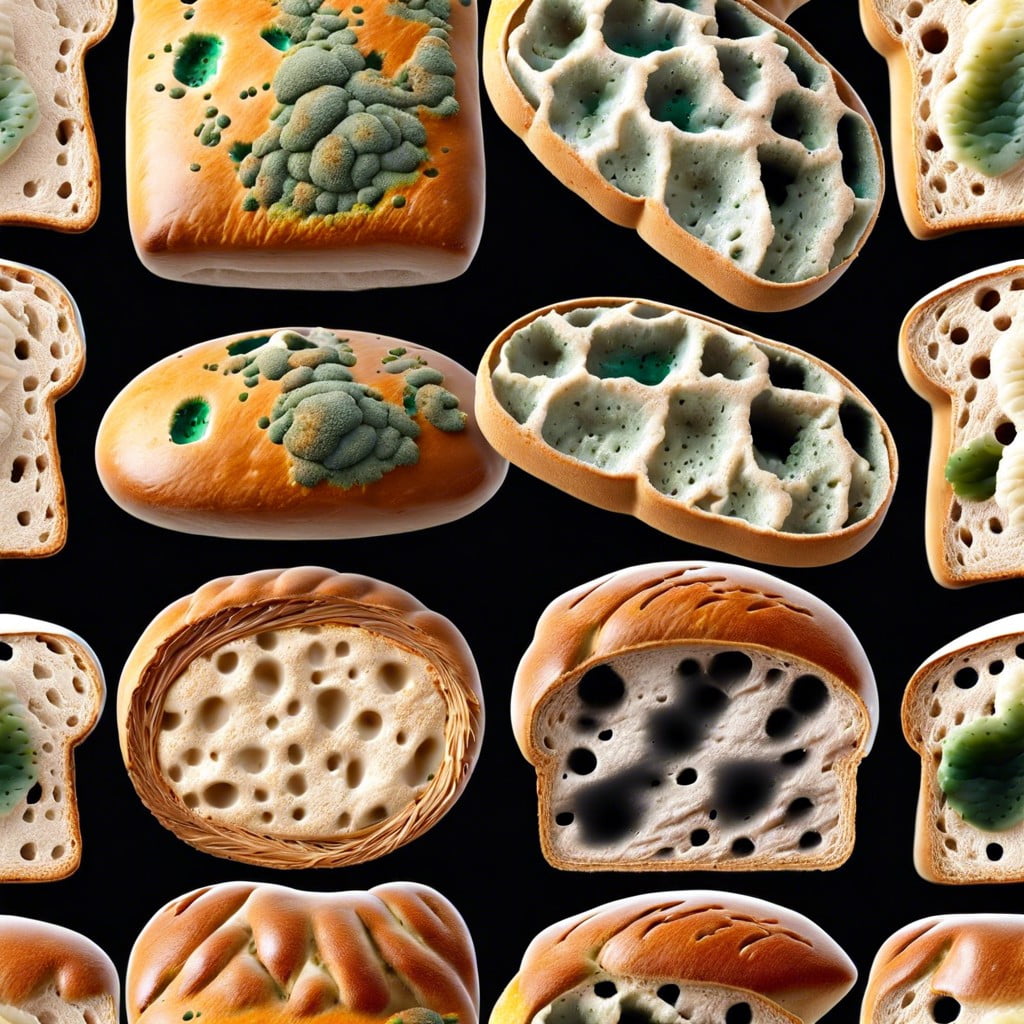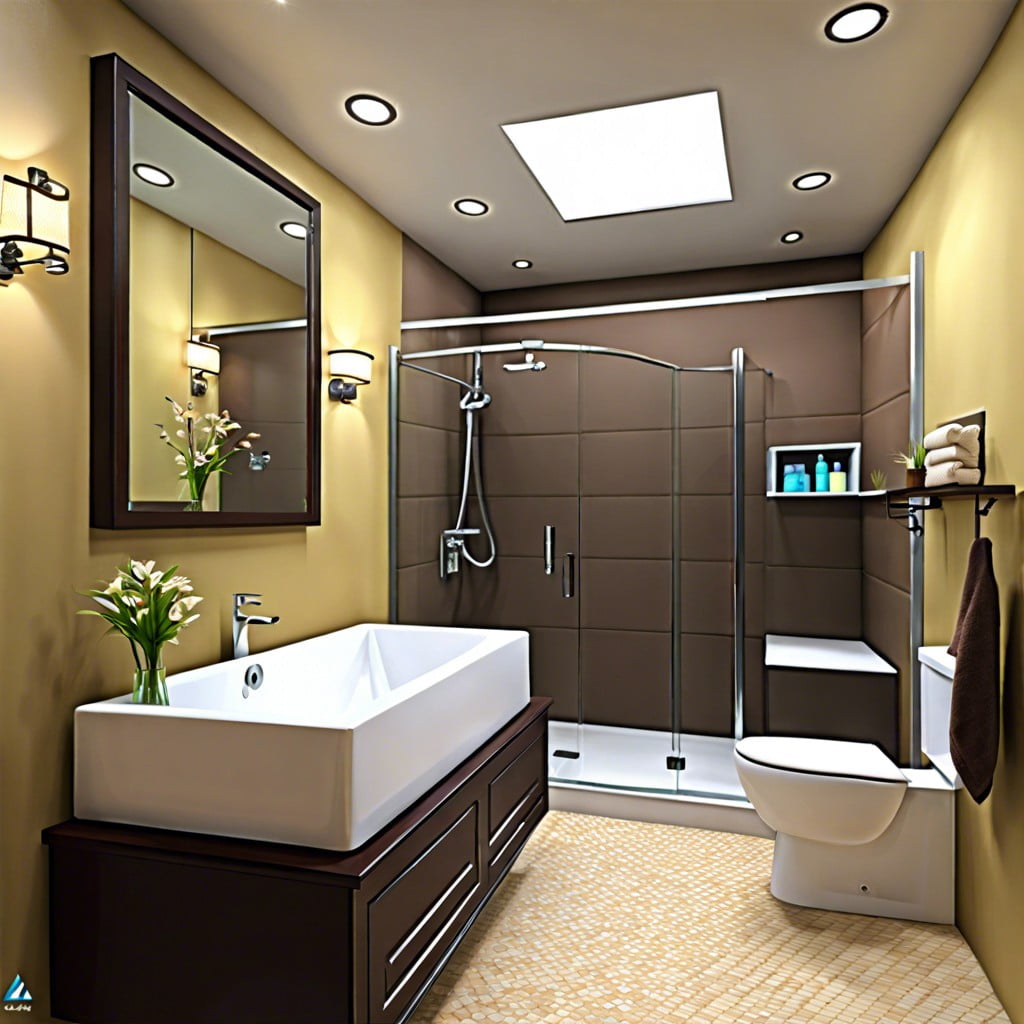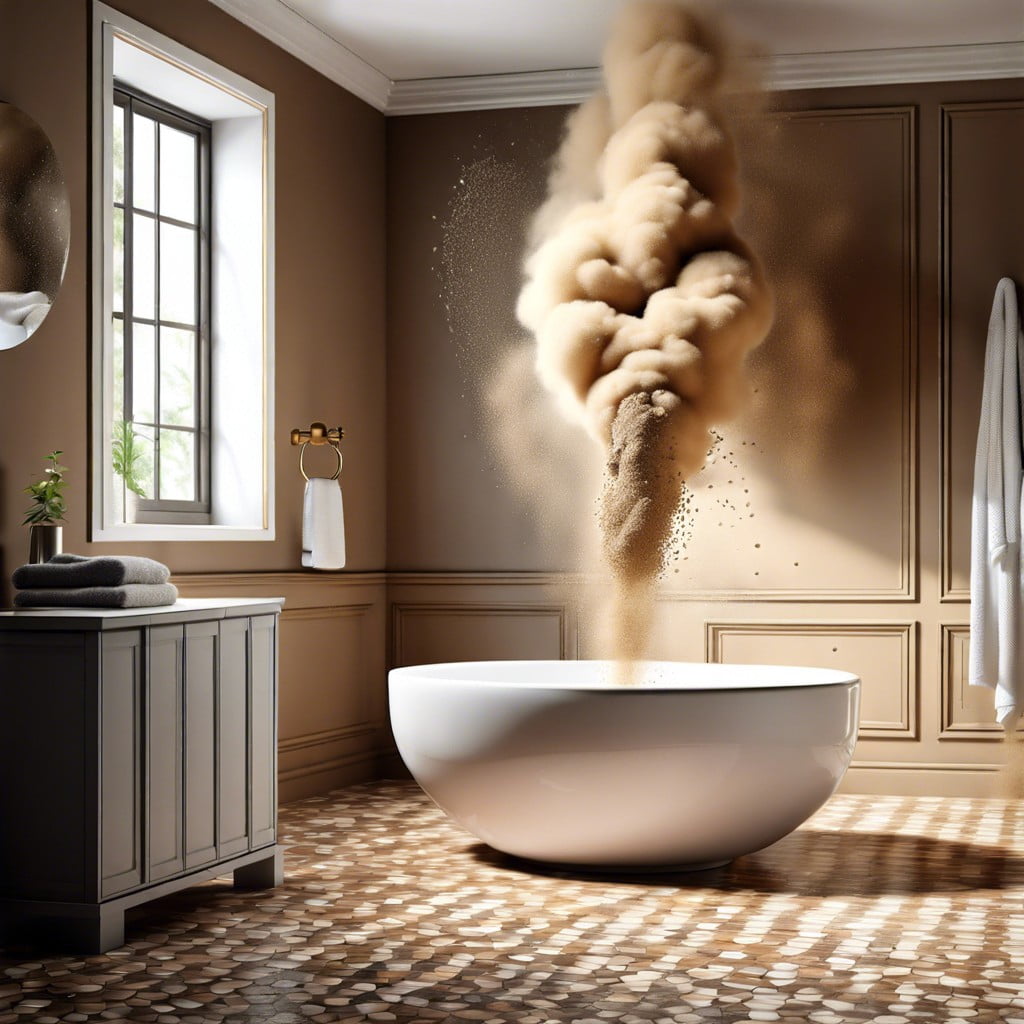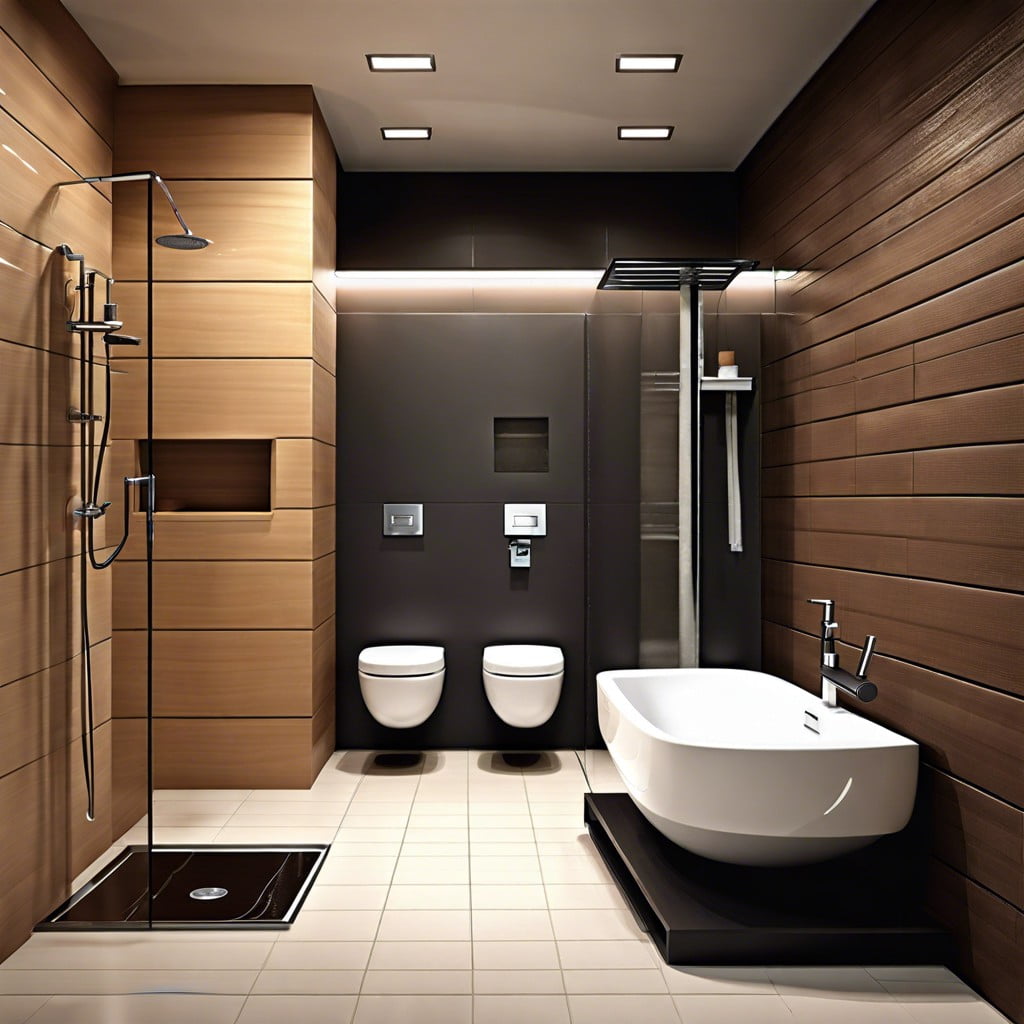Last updated on
Discover the various appearances of mold in your home, ranging from fuzzy patches to slimy streaks, and learn to identify this unwelcome guest.
Key takeaways:
- Mold can appear in various colors and textures.
- Musty odor is a telltale sign of mold presence.
- Mold thrives in damp areas such as bathrooms and kitchens.
- Mold exposure can lead to respiratory issues and skin irritations.
- Professional mold inspection and removing the root cause are key.
Visual Characteristics of Mold

Mold often gatecrashes your home with little fanfare, popping up in damp areas, eager to spread its influence. Its appearance can be deceptive; it’s not always the horror-show black we expect. Often starting life as a barely visible speck, mold can dress in a spectrum of colors – white, green, brown, or even pink.
Texture gives us another clue. If a spot on your wall looks like an uninvited patch of velvet or could be mistaken for a fuzzy little critter, it might be time to suspect mold has moved in. It can show off in various patterns as well – sometimes it’s content with a smattering of spots, while other times it dives into full-on branching patterns, not unlike a plant.
Mold whispers its presence through a musty odor. It’s that old-book scent in areas that have not been aired out for a while. Silent but smelly, it announces itself this way because mold releases gases as part of its life process. If a room smells like forgotten laundry, consider sniffing around for mold’s hideout.
Spotting mold early can be a game-changer because it runs the show quickly under the right conditions. Keep an eye out for these signs, and you’ll be better equipped to bid farewell to these uninvited guests before they overstay their welcome.
Common Places to Find Mold in a Home
Mold loves a good hide and seek game, and damp areas are its favorite playground. Your bathroom, especially the shower, can be a mold’s paradise if left unchecked. Look for it between tiles and in the nooks of your bathtub. The kitchen is another hot spot where mold throws a party — behind appliances and under the sink where leaks go unnoticed.
Peek inside your basement and you’ll likely find mold enjoying the cool, humid atmosphere. Don’t forget to eye those laundry rooms, where poor ventilation meets moisture from the dryer. And while you’re at it, give a courtesy glance at your attic where mold might be feasting on insulation, thanks to a sneaky, leaky roof.
It’s not just about the obvious wet spots, mind you. Air conditioning and heating ducts act as mold’s covert transport system. Outsiders may think your home is pristine, but a peak inside those vents might reveal a spore highway.
A word to the wise: check places where the eye doesn’t usually wander, and do it often. A mold-free home is a happy home.
Health Implications of Mold Exposure
Mold spores sneaking into your home, much like uninvited guests, can bring a host of troubles. Breathing them in, even for the healthiest lungs, can stir up irritation—think of it as nature’s unwanted seasoning in the air. Those with allergies or asthma might find mold spores particularly pesky, provoking wheezing or sneezing fits that no one ever RSVPs for.
Yet, it’s not just a sneeze-fest; headaches can also come knocking when mold takes up residence, and in more serious cases, it can usher in skin rashes. Picture mold spores as tiny hitchhikers on your skin, resulting in itchy, red patches.
For the immune-compromised, mold plays an even dirtier game, potentially causing severe lung infections. It’s a microscopic menace with the potential to pack a punch to your wellbeing, turning a safe haven into an invisible battlefield. Stay vigilant; stopping mold in its tracks can keep your home from becoming a microscopic colosseum for health disruptions.
Approaches to Mold Testing
If you suspect your abode might be hosting some unwanted fungal guests, mold testing is the logical next step. Don’t mistake your average spots and stains for mold—it’s shrewder than that. Here’s a slice of what you need to know about mold testing:
First off, there’s DIY mold testing kits. With a swab or a Petri dish, they can give you a quick, if not fully comprehensive, snapshot of your situation. Just keep in mind, these kits have their limits and won’t always give you the full story.
For those wanting definitive results, professional mold inspection is the gold standard. Experts come equipped with gadgets and know-how to sleuth out mold in even the sneakiest of spots. They use air sampling to detect spores you can’t see, tapping into the invisible world of mold that could be affecting your health.
And let’s chat about moisture meters and infrared cameras! Professionals often wield these tools to hunt down dampness, which is like a welcome mat for mold. By tracking the moisture, you’re on your way to uncovering mold’s secret hideouts.
Lastly, remember that testing is just the opening act. If mold is detected, you’ll need to roll up your sleeves and address the root cause—water intrusion or excess humidity—to keep those fungal intruders from coming back.
Best Practices for Mold Removal
Tackling a mold problem? Roll up those sleeves – it’s time to wave goodbye to those spore-slinging squatters. First off, if you’ve unearthed a mold metropolis, professional help is your best bet; they’ve got the gear to evict mold without inviting it back.
For DIY mold musketeers facing minor outbreaks, safety is key. Don masks and gloves to dodge a face-to-face with pesky spores. Now, grab some soapy water or a commercial mold remover and give that tainted surface a good scrubbing. Post-scrub, make it bone-dry; mold despises dryness like cats detest water.
Remember, porous surfaces like drywall might need the old heave-ho since mold can be quite the interior decorator there. And here’s a slice of sage advice: Don’t just cover it up with paint or caulk – that’s like putting a band-aid on a termite problem.
Lastly, keep your abode’s humidity lower than a limbo stick at a Chubby Checker concert – aim for below 50%. Dehumidifiers and proper ventilation can be your knights in shining armor here. Stay steadfast, and you’ll ensure your home is as mold-free as a desert sanctuary.
Recap




